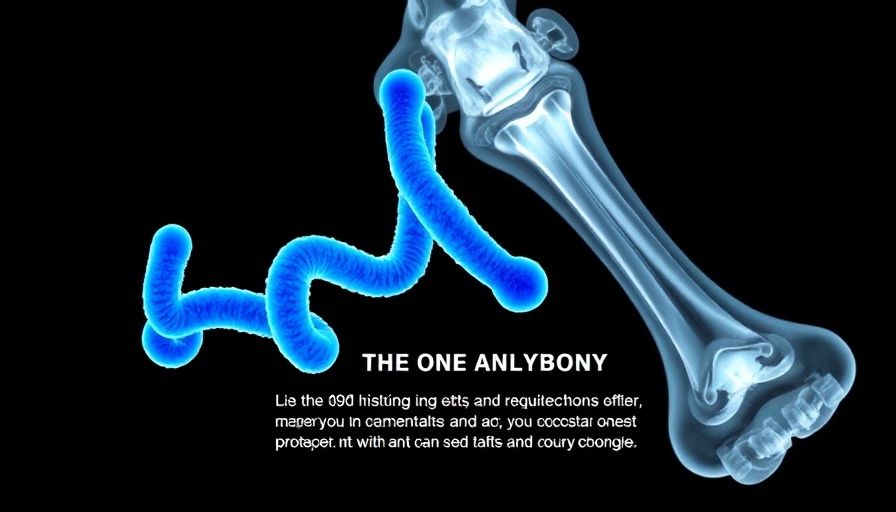
Understanding Osteopetrosis: A Rare Bone Disorder
Recently, āshibio has made strides in combating a rare and debilitating bone disorder known as autosomal dominant osteopetrosis type 2 (ADO2), also referred to as Albers-Schönberg disease. This genetic condition, affecting approximately 1 in 20,000 individuals, impairs the function of osteoclasts. Osteoclasts are cells responsible for bone resorption, and when their function is reduced, it results in excessively dense but brittle bones. Such conditions are linked to serious complications, including multiple fractures, poor healing, and nerve compression.
Significance of Vantictumab in Bone Health
In an exciting development for the medical community, āshibio has entered a licensing agreement with Mereo BioPharma for the novel antibody, vantictumab. Designed specifically for the treatment of ADO2, vantictumab represents a significant advancement as it is the first of its kind aimed directly at this rare disorder. With no current approved therapies available for ADO2, the potential for vantictumab to change patient outcomes is enormous. The primary goal is to provide a therapeutic solution that alleviates the burdens faced by those suffering from the disease.
The Path to Effective Treatments: Developing Vantictumab
Supported by previous clinical trial data and insights drawn from mouse model studies, the development of vantictumab is grounded in comprehensive research. This foundational work emphasizes safety and efficacy of the treatment, which aims not only to stop the progression of the disease but also to improve the quality of life for individuals afflicted by ADO2.
The Broader Impact: What This Means for Patients and Families
Approximately 25,000 people in the U.S. are estimated to have this kind of osteopetrosis. As families of these individuals navigate the challenges presented by ADO2, the promise brought by vantictumab could potentially reduce the frequency of fractures and improve overall health outcomes. This improvement could lead to enhanced daily functioning and a better quality of life for patients.
Future Directions in Osteopetrosis Research
The advancement of vantictumab also represents a broader trend in biotechnology towards personalized medicine. As researchers continue exploring innovative therapeutic avenues, they uncover insights that not only pertain to ADO2 but could illuminate pathways for treating other bone and connective tissue disorders. Investors and stakeholders in the healthcare space are increasingly recognizing the potential of these specialized treatments to address unmet medical needs.
Potential Challenges on the Road Ahead
While the introduction of vantictumab is a significant step forward, it is crucial for the pharmaceutical community to continue exploring the various challenges that accompany the development of novel therapies, particularly for rare diseases. Ensuring equitable access and maintaining rigorous safety standards will be vital as these new treatments come to market.
Conclusion: Embracing Hope Through Innovation
As āshibio works tirelessly to bring vantictumab to those in need, the hope is that it could represent a turning point in the treatment of ADO2. Those affected by this condition deserve better options—options that will help them lead healthier and more fulfilling lives. The journey is just beginning, but with dedicated research and clinical development, there is promise on the horizon.
 Add Row
Add Row  Add
Add 




Write A Comment